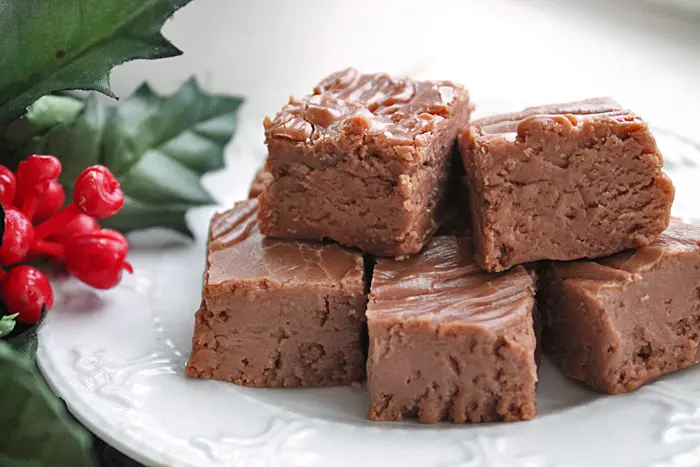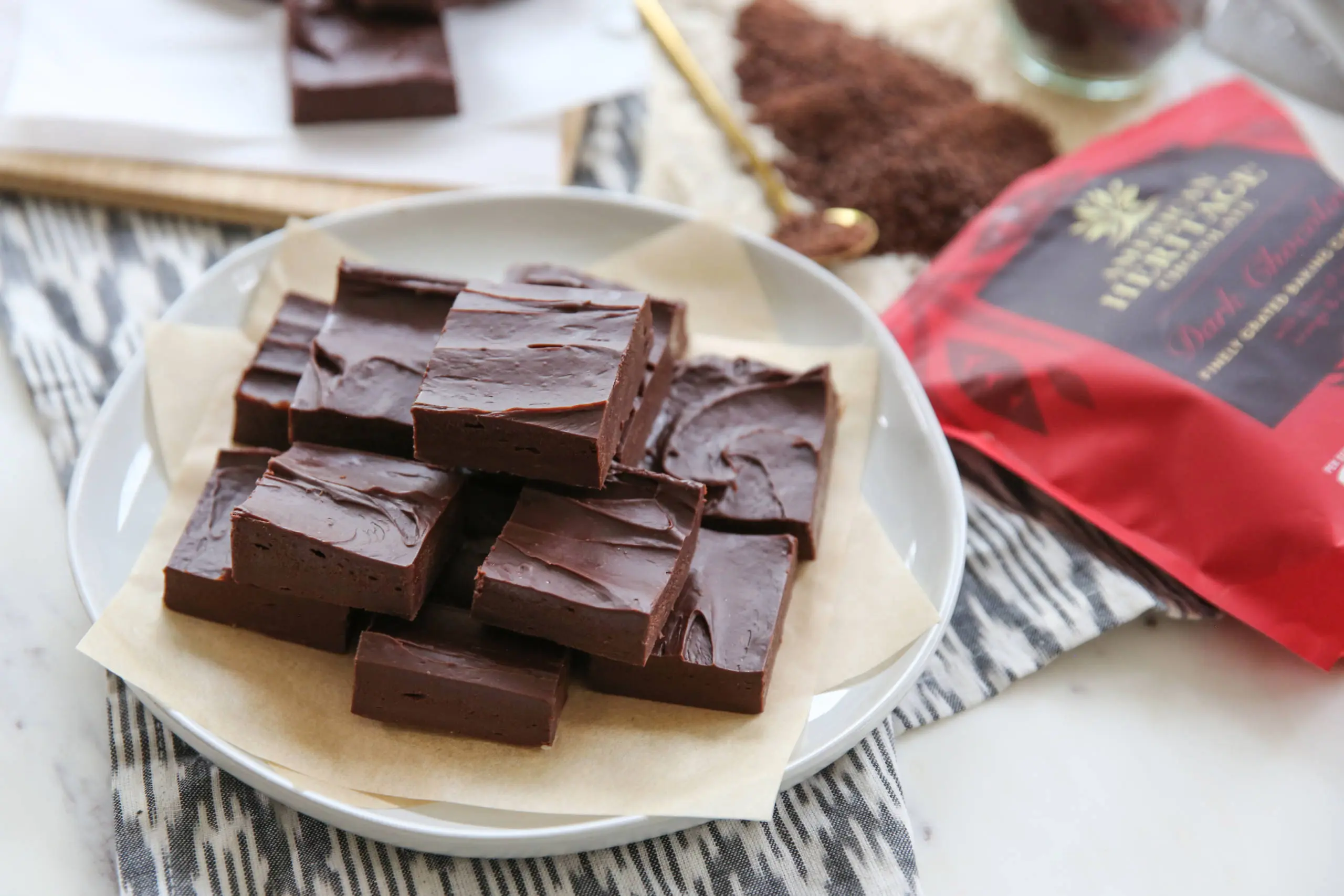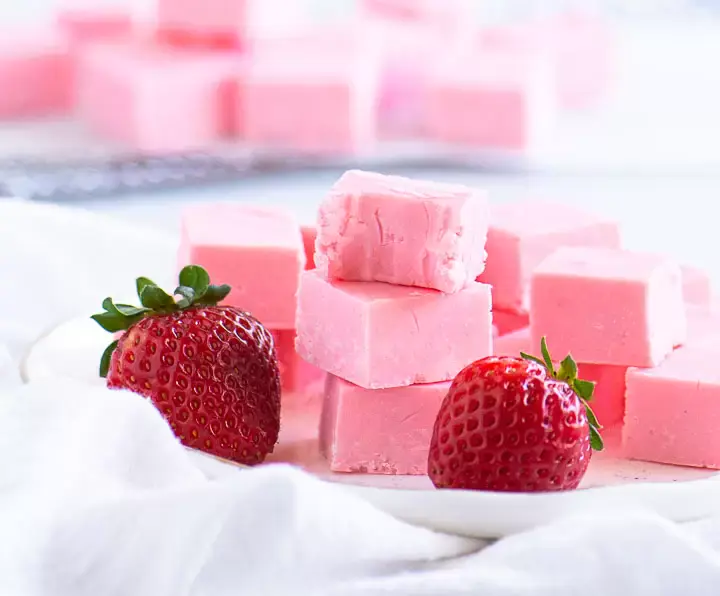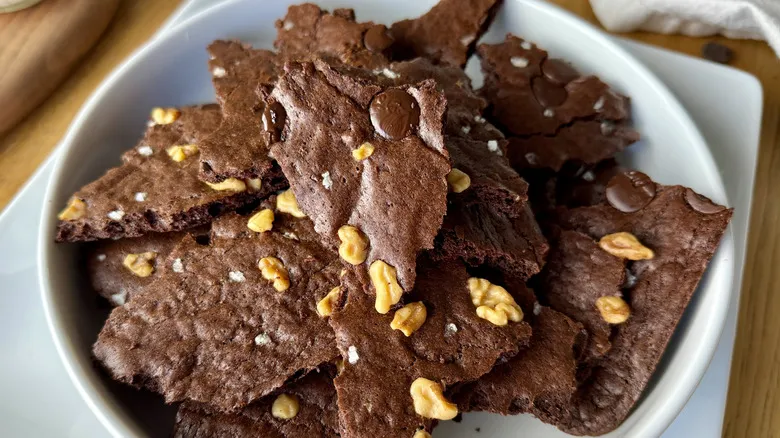The Common Culprit: Underheating the Sugar

One of the most common reasons fudge doesn’t harden is that the sugar mixture hasn’t reached the proper temperature. When making fudge, it's essential to heat the sugar, butter, and milk (or cream) to a specific temperature, typically between 234°F and 240°F. This range allows the sugar to fully dissolve and create the right consistency when cooled. If the mixture is removed from heat too early, it will lack the proper structure, preventing it from firming up. Using a candy thermometer can help ensure you're reaching the correct temperature for the best results.
Not Stirring the Mixture Enough

Fudge also requires a good amount of stirring, especially as it begins to cool. If the mixture is not stirred continuously during the cooling process, sugar crystals may form, leading to a gritty texture rather than a smooth, firm fudge. Stirring helps prevent crystallization and ensures that the sugar mixture remains smooth and evenly distributed. When the mixture has reached the right temperature, avoid letting it sit undisturbed, as this could prevent it from properly setting. Make sure to stir gently but consistently for the best texture.
The Role of Humidity

Humidity can play a surprising role in whether or not your fudge will set properly. If you're making fudge on a particularly humid day, the extra moisture in the air can interfere with the setting process. This can prevent the sugar from crystallizing correctly and may leave your fudge soft or sticky instead of firm. If you live in a humid climate or are experiencing unusually high humidity, it's best to wait for a dry day to make your fudge, or use a dehumidifier in the kitchen to minimize moisture in the air.
The Fix: Give It Time and the Right Conditions

If your fudge hasn’t hardened, don’t despair—there are ways to salvage it. First, let it cool at room temperature for several hours. Sometimes, simply giving it more time will help it set. If after a few hours it’s still too soft, you can try reheating it gently to the proper temperature and then letting it cool again. Adding a bit more sugar or butter while reheating can help adjust the texture. The key next time is to focus on precise heating, continuous stirring, and keeping the humidity low. With these steps, you'll achieve the perfect fudge every time.
Recommended

If You're A Fan Of California Sushi Rolls, There's Another One You Have To Try

Where Did The Tradition Of Easter Candy Originate?

Your Complete Guide To Starbucks' Coffee Sizes

Why Smoked Vanilla Ice Cream Reigns Supreme For Rich Desserts
Next up





